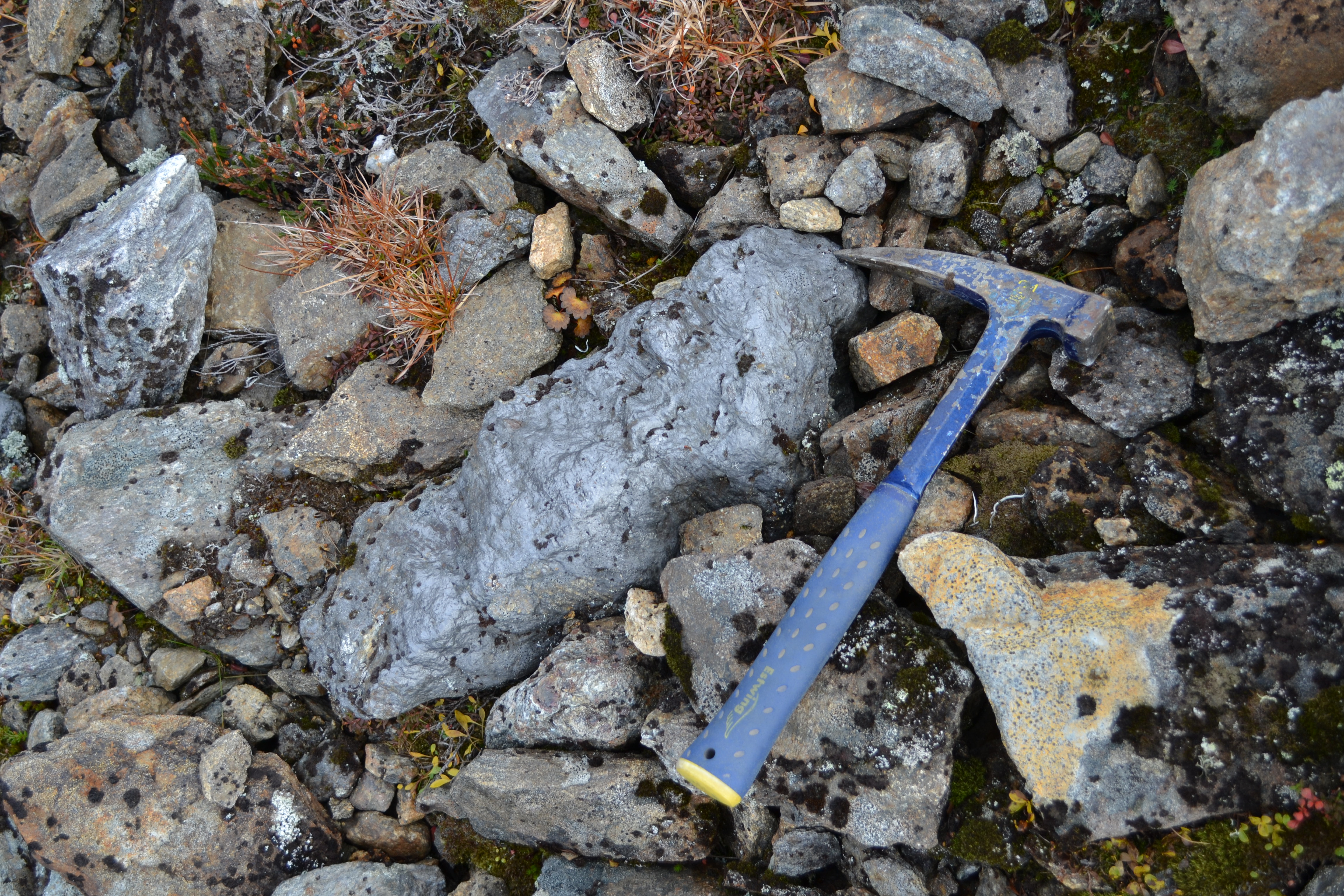North American Arctic is among the world’s most attractive mining regions
The Fraser Institute's most recent annual Survey of Mining Companies found strong geologic potential in the North American Arctic, but less friendly policies compared with the European Arctic.

The North American Arctic is among the world’s premiere regions for new mining investment thanks in large part to its mineral deposits, according to a new survey.
The Fraser Institute, a Canadian public policy think tank, released its annual Survey of Mining Companies this month — marking the 21st year the Vancouver-based institute has published the report.
The survey is circulated amongst hundreds of mining industry executives and primarily aims to measure the “mining investment attractiveness” of 83 countries, regions, and jurisdictions around the world based on questions regarding (1) the mineral potential of the region and (2) how friendly local government policies are towards the mining sector. The study compiles these two metrics to create an overall attractiveness score.
Finland falls to No. 17
This year the survey assessed 83 jurisdictions, which include whole countries as well sub-national regions and provinces. Of these, the survey assessed 9 Arctic jurisdictions.
In terms of overall investment attractiveness, the four jurisdictions in the North American ranked in the top-15 for overall investment attractiveness: Alaska (5th), Yukon (9th), Northwest Territories (10th), and Nunavut (15th).
Last year, only Alaska and Yukon even made the top 20.
Outside of the North American Arctic, Russia, Finland, and Sweden were also ranked in the top 30 overall.
Notably, however, Finland fell sharply from the No. 1 overall ranking in 2017 to No. 17 this year.
Meanwhile, Greenland and Norway ranked in the bottom half of the 83 global jurisdictions evaluated, with Greenland falling from 34th last year to 63rd in 2018 and Norway similarly dropping from 41st overall to 53rd.
Among U.S. states Alaska scored second-highest overall — just behind the state of Nevada (1st), which was also ranked as the overall most attractive mining jurisdiction in the world in 2018. Meanwhile, Venezuela was ranked last due to extremely poor policy perceptions, followed by Neuquén, Argentina (82nd), Nicaragua (81st), and Guatemala (80th).
Deposits better than policies in the North American Arctic
Looking beyond overall rankings, there is a clear division between Arctic regions: the North American Arctic and Russia score higher in terms of pure mineral potential, while the European Arctic (Norway, Sweden, and Finland) score higher in terms of government policy perceptions. Greenland ranked poorly in both categories in 2018.
Survey respondents were extremely bullish on the pure mineral potential of the North American Arctic this year, with all four regions landing in the top 10 worldwide: Alaska (3rd), NWT (4th), Nunavut (5th), and Yukon (10th). However, none of these jurisdictions ranked in the top 20 for government policy. Of the Arctic regions, Norway (69th) scored most poorly for mineral potential followed by Greenland (54th).
Meanwhile, in terms of government policy the European Arctic exceled, with Finland (3rd) and Sweden (4th) in particular scoring well. Notably, however, neither made the top 30 in terms of mineral potential. The regions assessed to have the poorest government policies for mining investors were Greenland (69th), Russia (52nd), and Nunavut (45th).
A lack of balance in the Arctic?
The study’s authors are keen to remind readers that there is more to the rankings than just a region’s potential mineral deposits. Instead, the key for investors is balance.
“The evidence is clear — mineral deposits alone are not enough to attract precious commodity investment dollars,” said Ashley Stedman, a senior policy analyst at the Fraser Institute and co-author of the study.
“A sound regulatory regime coupled with competitive fiscal policies is key to making a jurisdiction attractive in the eyes of mining investors.”
The North American Arctic scored well overall in this year’s rankings due to strong mineral potential. However, it is telling that no single Arctic jurisdictions scored in the top 20 in both mineral potential and government policy, with Alaska (3rd and 26th, respectively) and Yukon (10th and 24th) coming closest.
Arctic jurisdictions may not be able to change their geology, but the report suggests that governments in the North American Arctic could offer investors a better balance by borrowing policies from the European Arctic.
You can find the full Fraser Institute report here and an executive summary here.